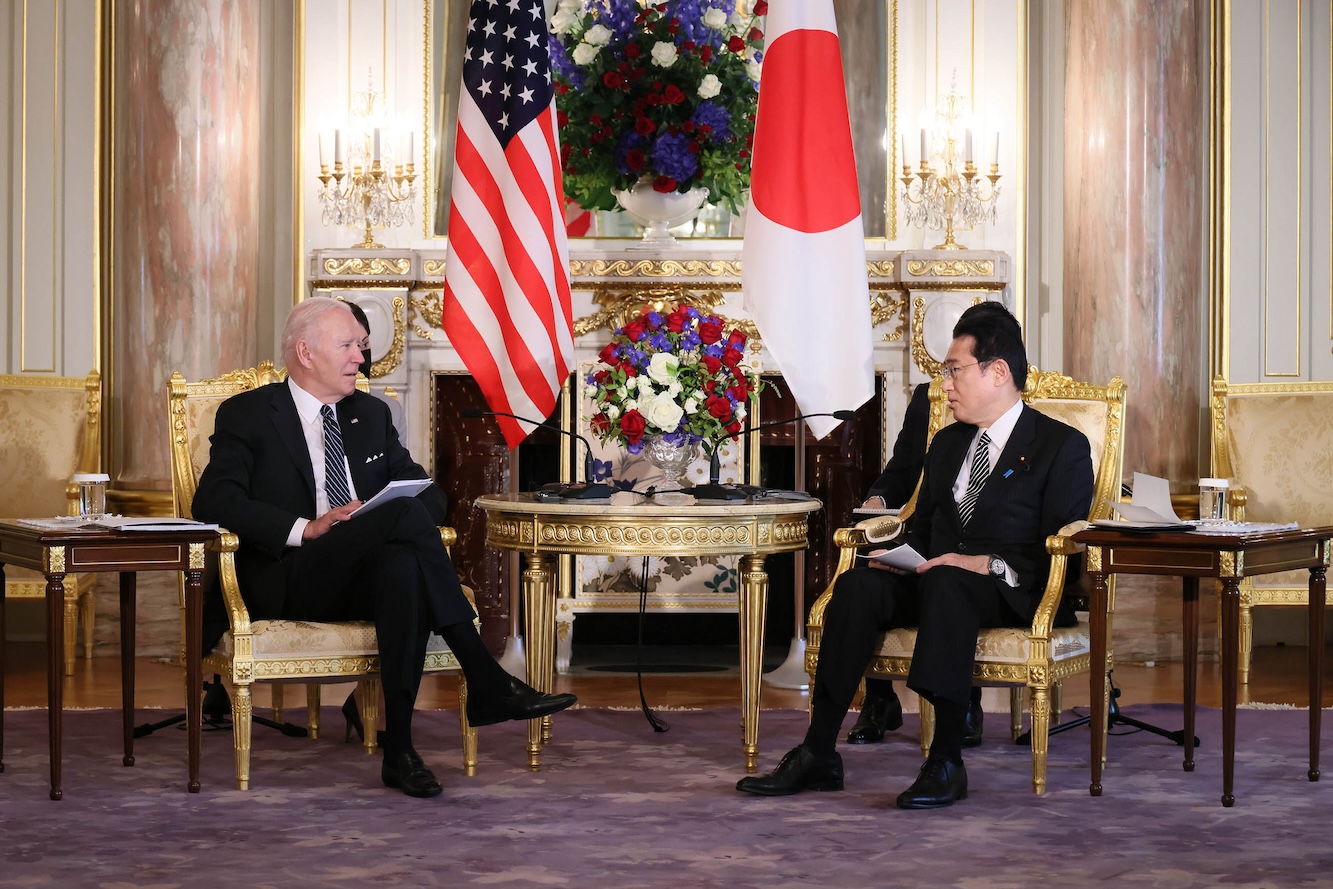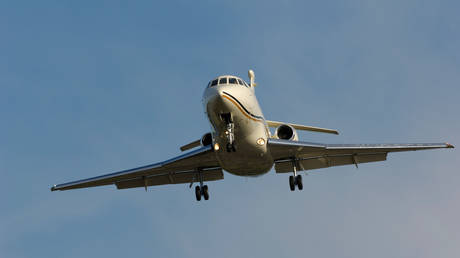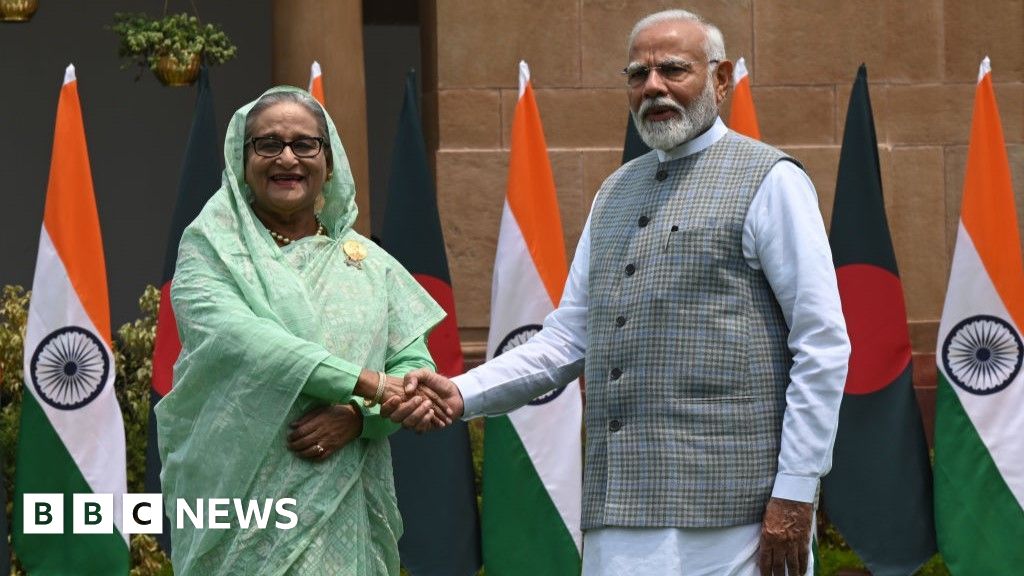Shifting the U.S.-Japan Alliance from Coordination to Integration
This week, Tokyo hosted the U.S.-Japan Security Consultative Committee, which brought together the two countries’ defense and foreign ministers. Although these “2+2 meetings” are fairly mundane and routine occurrences, this one had unusual importance: accelerating the shift from coordination to integration. This was the basic task set forth at the April summit between U.S. President Joe Biden and Japanese Prime Minister Kishida Fumio. It represents a significant evolution of the U.S.-Japanese alliance. For the majority of the alliance’s existence, the United States and Japan had largely separate roles, missions, and capabilities. Japan’s Self-Defense Forces served as the alliance’s defensive “shield,” The post Shifting the U.S.-Japan Alliance from Coordination to Integration appeared first on War on the Rocks.

This week, Tokyo hosted the U.S.-Japan Security Consultative Committee, which brought together the two countries’ defense and foreign ministers. Although these “2+2 meetings” are fairly mundane and routine occurrences, this one had unusual importance: accelerating the shift from coordination to integration. This was the basic task set forth at the April summit between U.S. President Joe Biden and Japanese Prime Minister Kishida Fumio. It represents a significant evolution of the U.S.-Japanese alliance. For the majority of the alliance’s existence, the United States and Japan had largely separate roles, missions, and capabilities. Japan’s Self-Defense Forces served as the alliance’s defensive “shield,”
The post Shifting the U.S.-Japan Alliance from Coordination to Integration appeared first on War on the Rocks.















